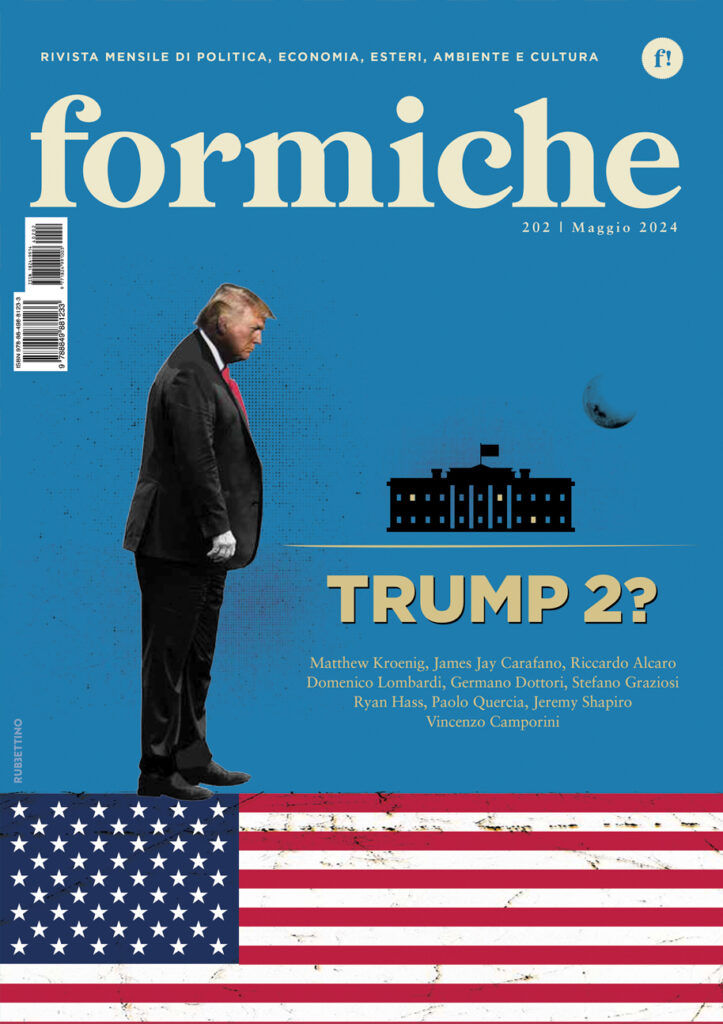The current Italian government has never been a wonderfully stable institution. It was born out of convenience almost a year ago, with the aim of countering the rise of Matteo Salvini, a right-wing politician who was high on consensus and seeking “full powers”.
Today, the relationship between the two governing parties – the anti-establishment and populist Five Star Movement and the centre-left, reformist Democratic Party – is being thoroughly debated. Notably, they used to be sworn enemies, and the formers had governed together with Mr Salvini’s League until last August.
Even if it sits at the opposition, the right-wing coalition led by Mr Salvini constitutes an existential threat for both governing parties as it retains a solid lead in the polls. Therefore, prime minister Giuseppe Conte’s chief objective is that of mediating between the 5S and the Dems to ensure that his government reaches the end of its mandate in 2023.
Until then, a plethora of issues awaits the governing coalition, including regional elections in September (where they are debating whether to run together), choosing the next Italian president, managing the post-pandemic economic recovery and tending to the wide range of politically-charged matters such as immigration and justice.
The Democratic “grey eminence” Goffredo Bettini recently went as far as proposing the definitive merger of the two parties under PM Conte’s leadership. This radical idea was met with widespread scepticism from both sides, including by Democratic senator Tommaso Nannicini in an interview to Formiche.net.
“Unless we want to degenerate the identity of the Democratic Party, no permanent alliance with [the Five Star] is even imaginable,” he argued, highlighting the profound ideological distance between the two forces; “we must bring to life our idea of progress outside of an unnatural alliance with a populist force, which is conservative by nature.”
“I always thought that the pact with the Five Star was a contingent matter and not a strategic one,” reiterated Ivan Scalfarotto, an MP belonging to a small-but-crucial centre-left party, Italia Viva, which has seceded from the Democratic Party. In an interview to Formiche.net he maintained that there is no such thing as good or bad populism, only plain populism exists, and it’s juxtaposed to the progressive world.
The 5S front is equally – if not more – divided, and not only over their relations with the Dems. Pro-government, moderate MPs clash with their more orthodox, true-to-origins colleagues, and a string of currents is undermining the Movement’s stability. They all convene on one thing, though: the need to shake up their leadership as well as their organisational structure, as the temporary leadership of Vito Crimi has outlived its purpose.
On a recent election for the presidency of parliamentary commissions, the 5S proved to be extremely fractured, as internal dissent translated into chaos and fewer seats for them. “Power logics have prevailed,” conceded Marta Grande, who lost her seat as chief of the commission on foreign affairs to a Democrat MP.
In an interview to Repubblica Ms Grande admitted that the commissions affair had brought to light “a series of structural problems within the Movement which must be resolved. We should have had [an internal] congress, which was deferred, and we’re lacking collectively-voted for figures of reference.” She claimed that her party had to understand who they were, where to go and how to go there.
Regardless, Five Star MPs cannot seem to convene on who must lead their party. Some envision a monolithic figure like Alessandro Di Battista, the Movement’s prodigal son, loved by the electoral base and less liked in Rome. Others think that the times are ripe for a female leader, such as Chiara Appendino (mayor of Turin) or Paola Taverna (vice-president for the 5S in the Senate). Others still eye PM Conte (who now comes with strict Dem ties) or the current political leader and foreign minister Luigi Di Maio (who lately seems more comfortable in the backstage).
More still, some 5S MPs push for a pluralist congress or “directory” to lead the Movement. This approach would arguably sit well with one of their bulwarks, an online “direct democracy enabling” voting platform for party members dubbed Rousseau. Mr Di Maio’s leadership, for instance, was confirmed on that very platform, as was the alliance with the Dems.
It goes without saying that the leadership choice, which is most likely to happen after the September regional elections, will implicitly carry the 5S’ vision for the future of their party. The stress test could prove too much for the fragmented Movement and end up triggering its division into smaller entities. Or perhaps the Movement could coalesce around PM Conte and accept to be “contaminated” with Democratic ideals – at least as much as the inverse can happen. Or they could take another direction entirely.
What’s certain is that their electoral consensus has tanked since 2018, when they were the most popular party, capable of garnering the preferences of nearly a third of the electorate. Therefore, it is fair to assume that the next few months could make or break the 5S and perhaps this government.








